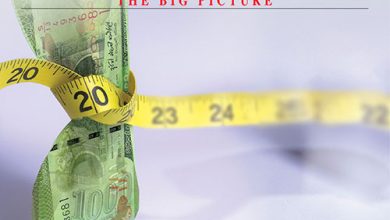THE CREATIVE ECONOMY

DRAWING ON BRAINS OVER BRAWN
Isanka Perera sheds light on the economic value of the orange economy

For myriad reasons, 2021 has been far from sunshine and rainbows for Sri Lanka. However, the catchy anthem Manike Mage Hithe is one of the few highs that we as Sri Lankans were proud to applaud.
The cover by Yohani de Silva went viral within months, becoming a hit worldwide. In addition to surpassing 190 million views on YouTube, the young singer gained over three million followers on the platform, marking a historical event as the first major breakthrough in Sri Lanka’s ‘creative economy.’
The UN Conference on Trade and Development (UNCTAD) defines the creative economy as an evolving concept that builds on the cooperation between human creativity and intellectual property.
And the term ‘orange economy’ (economía naranja) was coined by the authors of ‘The Orange Economy: An Infinite Opportunity’ as the colour is known to best represent its main pillars – viz. culture, creativity and identity.
This economy comprises many sectors that are more reliant on brains than brawn – such as advertising, architecture, arts and crafts, design, fashion, film, video, photography, music, performing arts, publishing, R&D, software, computer games, electronic publishing, and TV and radio.
At the 74th Session of the UN General Assembly, 2021 was declared the ‘International Year of Creative Economy for Sustainable Development’ in recognition of how creativity and culture can help the world meet the Sustainable Development Goals (SDGs) related to education, economic growth and employment, innovation and sustainable consumption through the appreciation of cultural diversity.
Known for many of their cultural exports, the US and Japan are leading the global orange economic system, which has bolstered the extensive soft power the countries leverage to influence the world through non-coercive means.
The ‘Korean wave’ – the phenomenal growth of South Korean and popular culture since the late 1990s – is perhaps an exemplary case study of this phenomenon. The key driving force that facilitated its rise was a deliberate government initiative aimed at positioning the nation as one of the world’s leading exporters of popular culture.
To this end, the government began funding the cultural economy through the Ministry of Culture in 1994. By 2019, South Korea’s annual exports of cultural goods and services reached US$ 10 billion.
In the local context, whether the sector garners the recognition it deserves in terms of contributions to the economy and the potential to strengthen Sri Lanka’s brand value is open to debate.
A report by the British Council titled ‘Creative and Cultural Industries in Sri Lanka’ reveals that the island’s creative economy has displayed steady growth but consistently higher volumes of imports have led to a negative balance of trade.
The report found that almost three percent of the workforce is involved in creative sectors – of which 36 percent are women, and 67 percent are between the ages of 24 and 55.
Demonstrating the fragility of a sector established on a rocky foundation, the creative economy faces many challenges – not the least of which relates to those engaged in it having to juggle traditional day jobs with their creative pursuits since performing and visual arts are seldom seen as viable career paths.
Other challenges include (but are not limited to) market fluctuations, inadequate financing, gaps in specialist skills and knowledge, intellectual property thefts and a lack of business knowledge.
A paradigm shift is needed in how we think if Sri Lanka is to build on Manike Mage Hithe’s momentum.
And even though there is no once and for all answer to the barriers hindering the sector’s growth – as with most economic challenges –implementing solutions that benefit the greater good would slowly but surely move us towards making use of new opportunities in the creative realm.
With this, the country could transform its orange economy from a gig economy to a functioning and sustainable industry.





